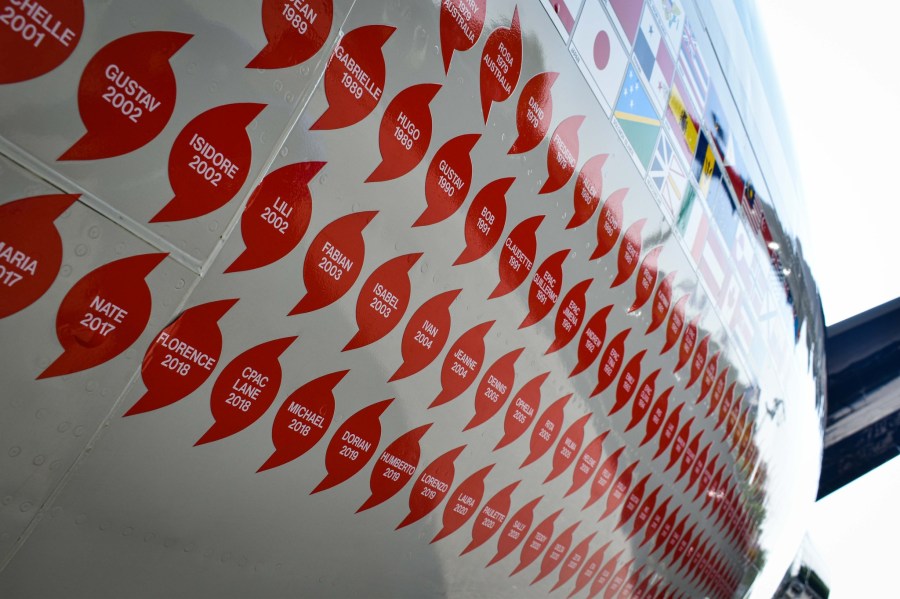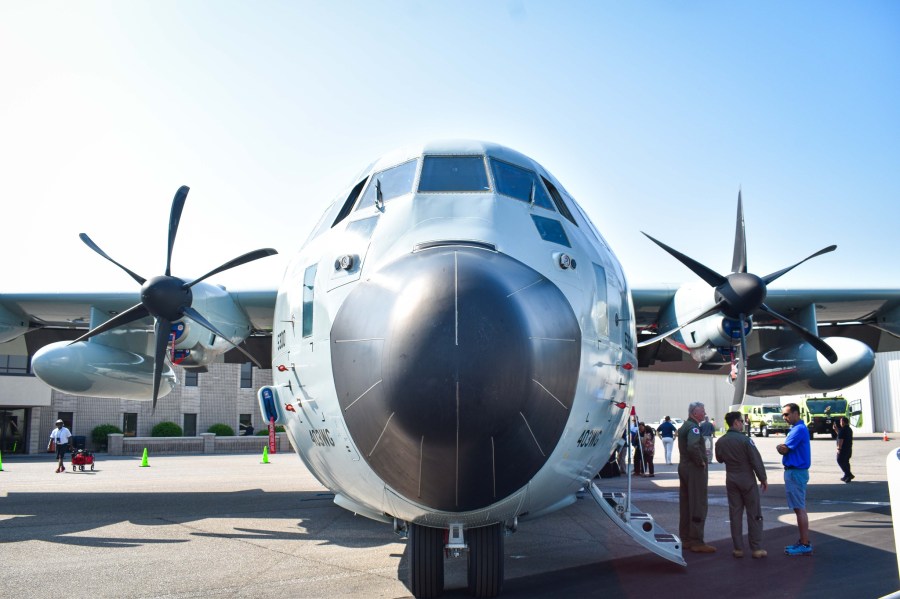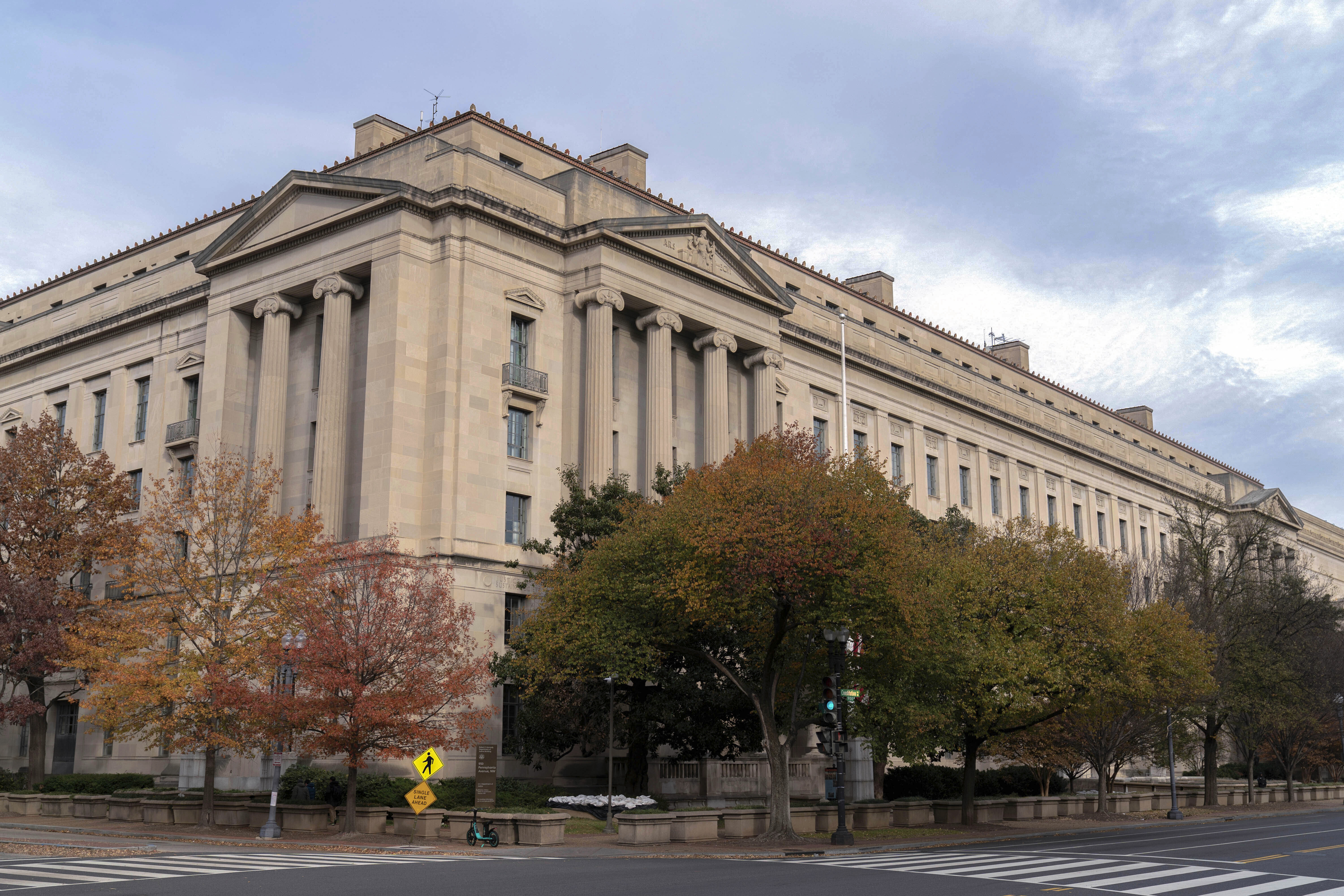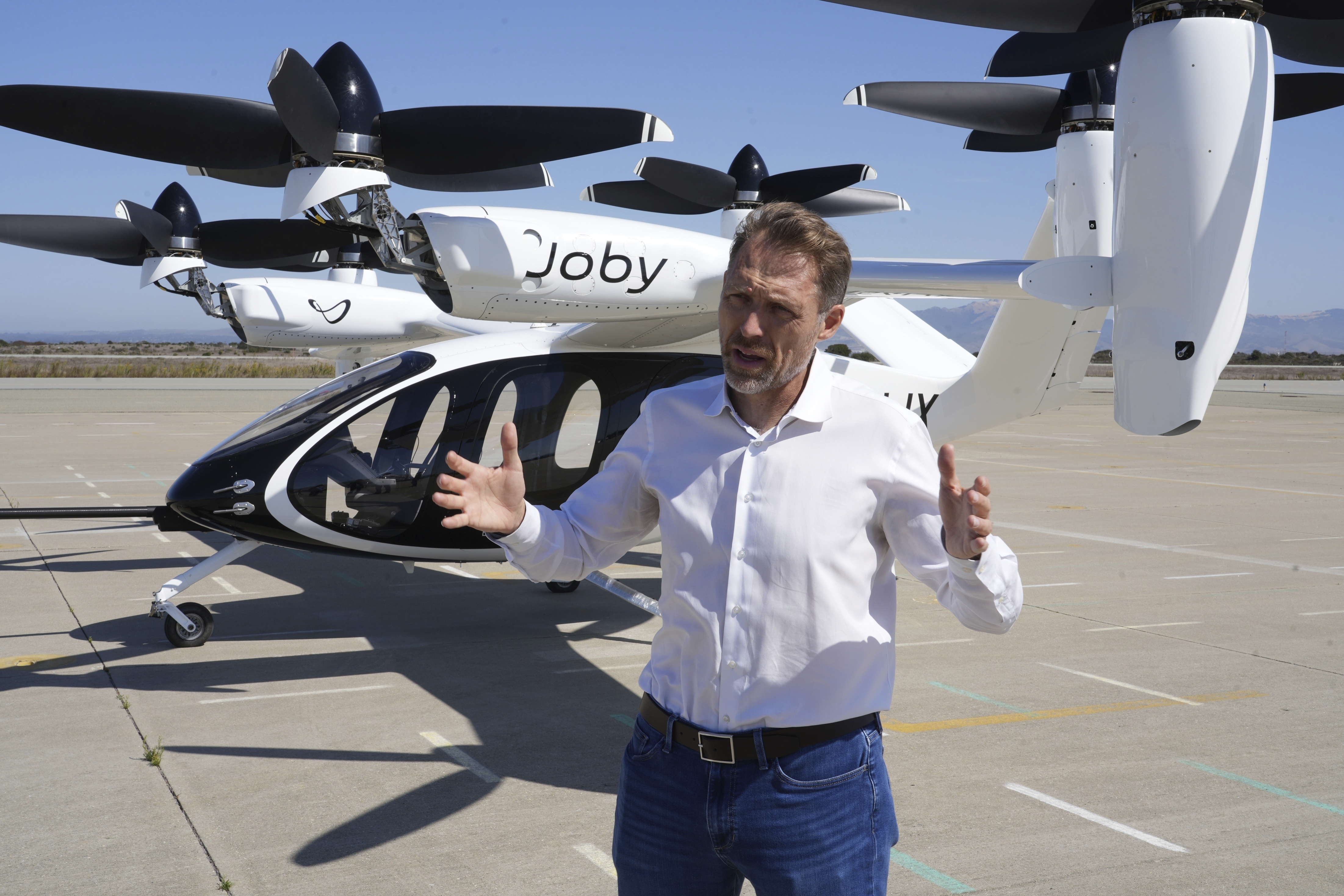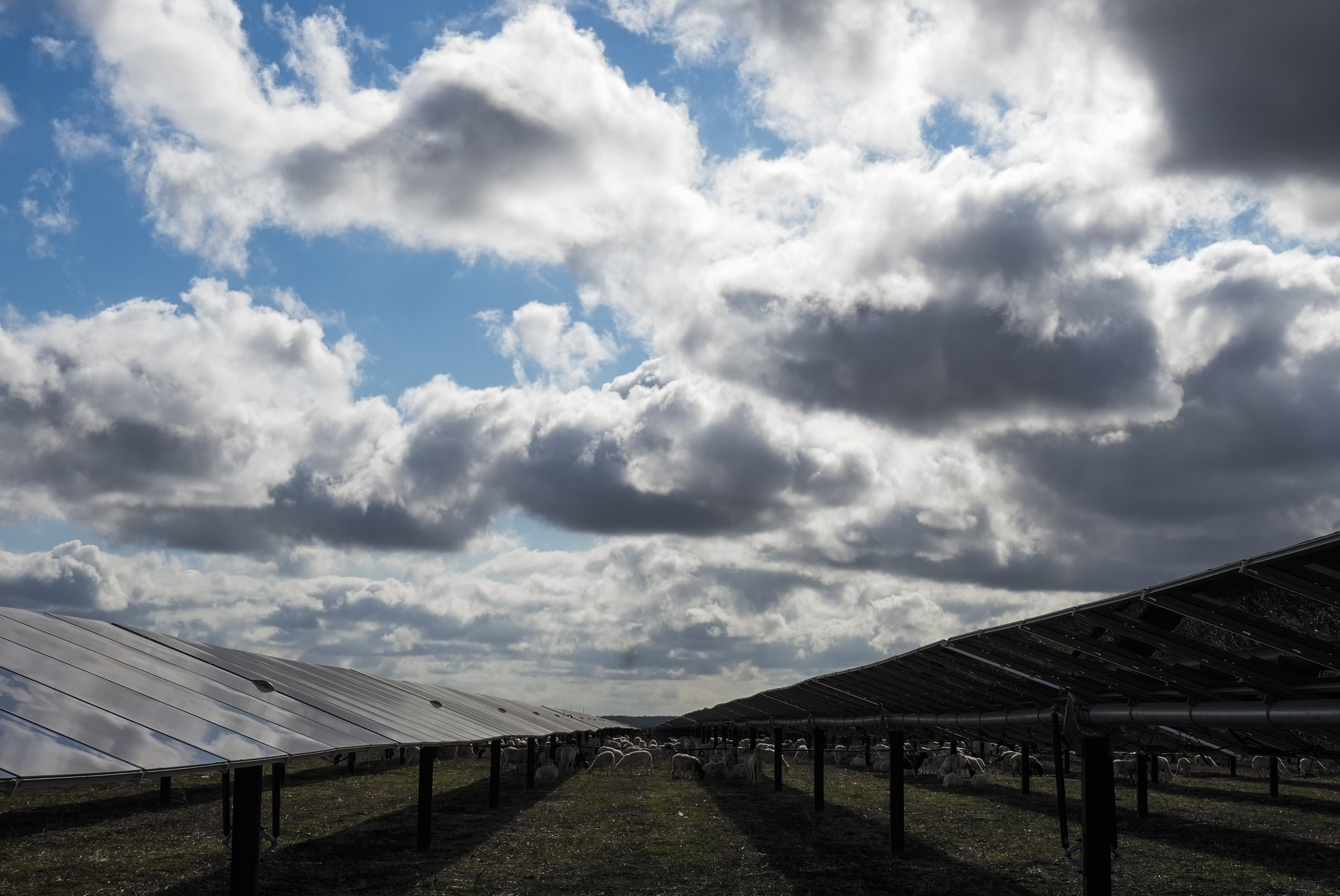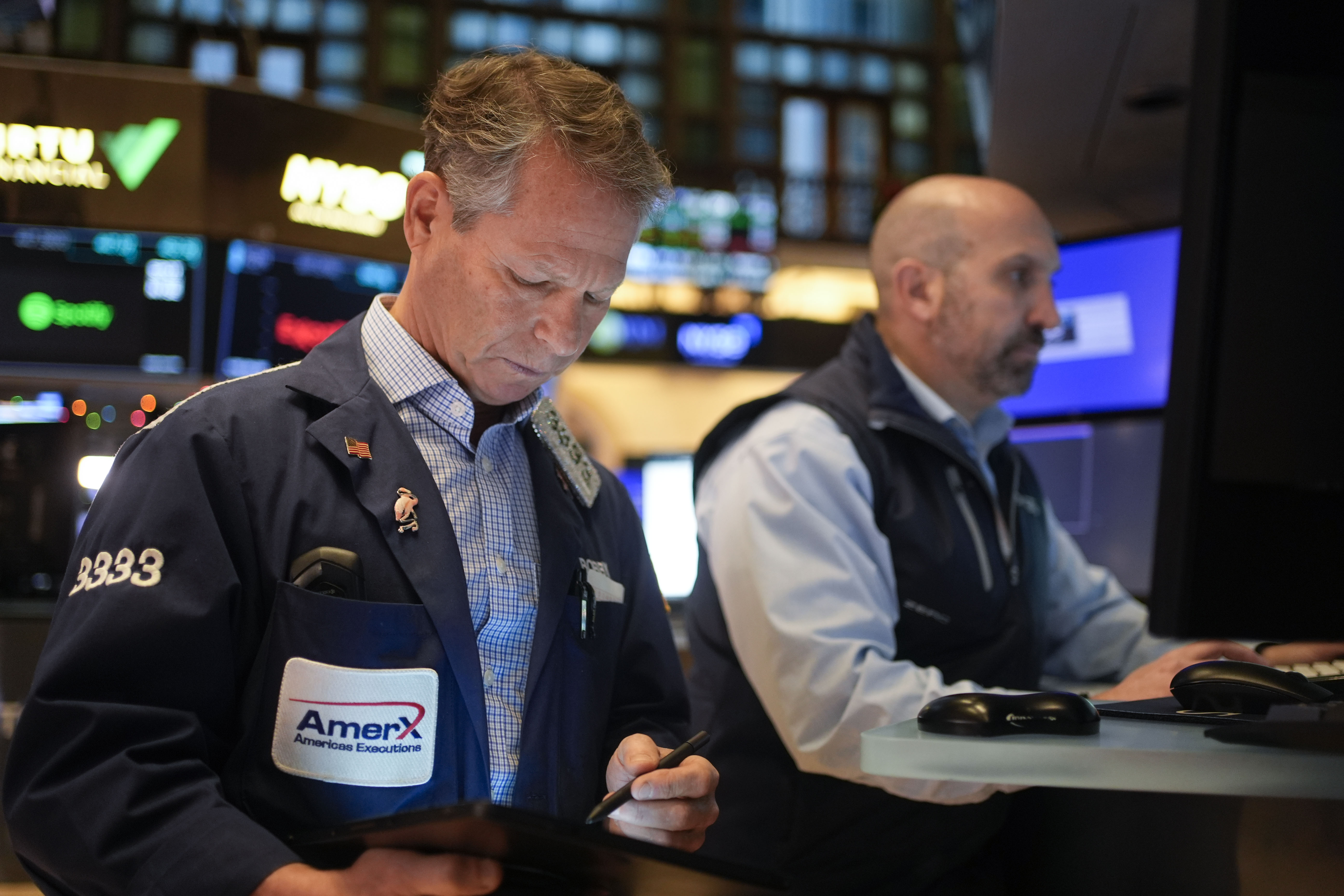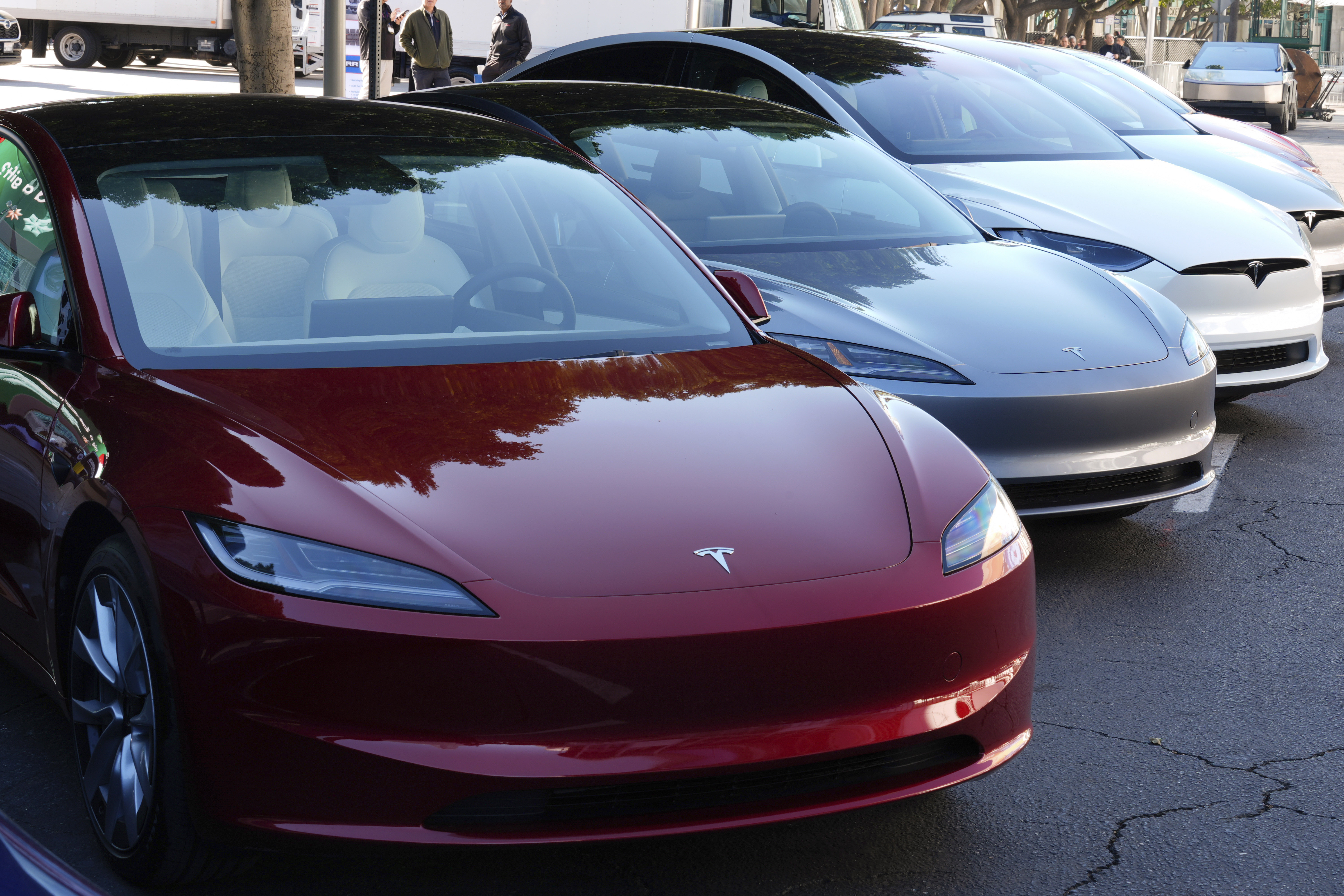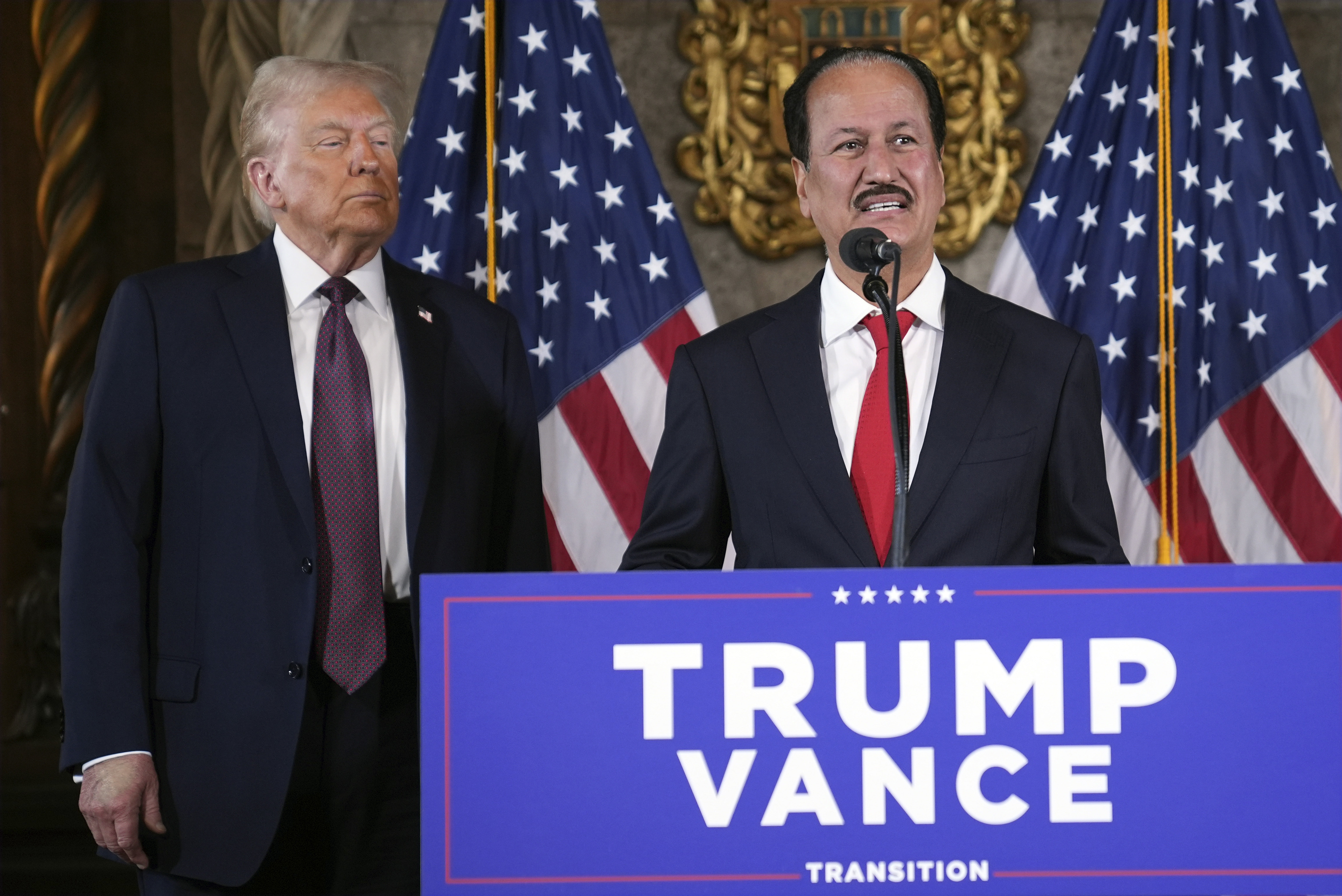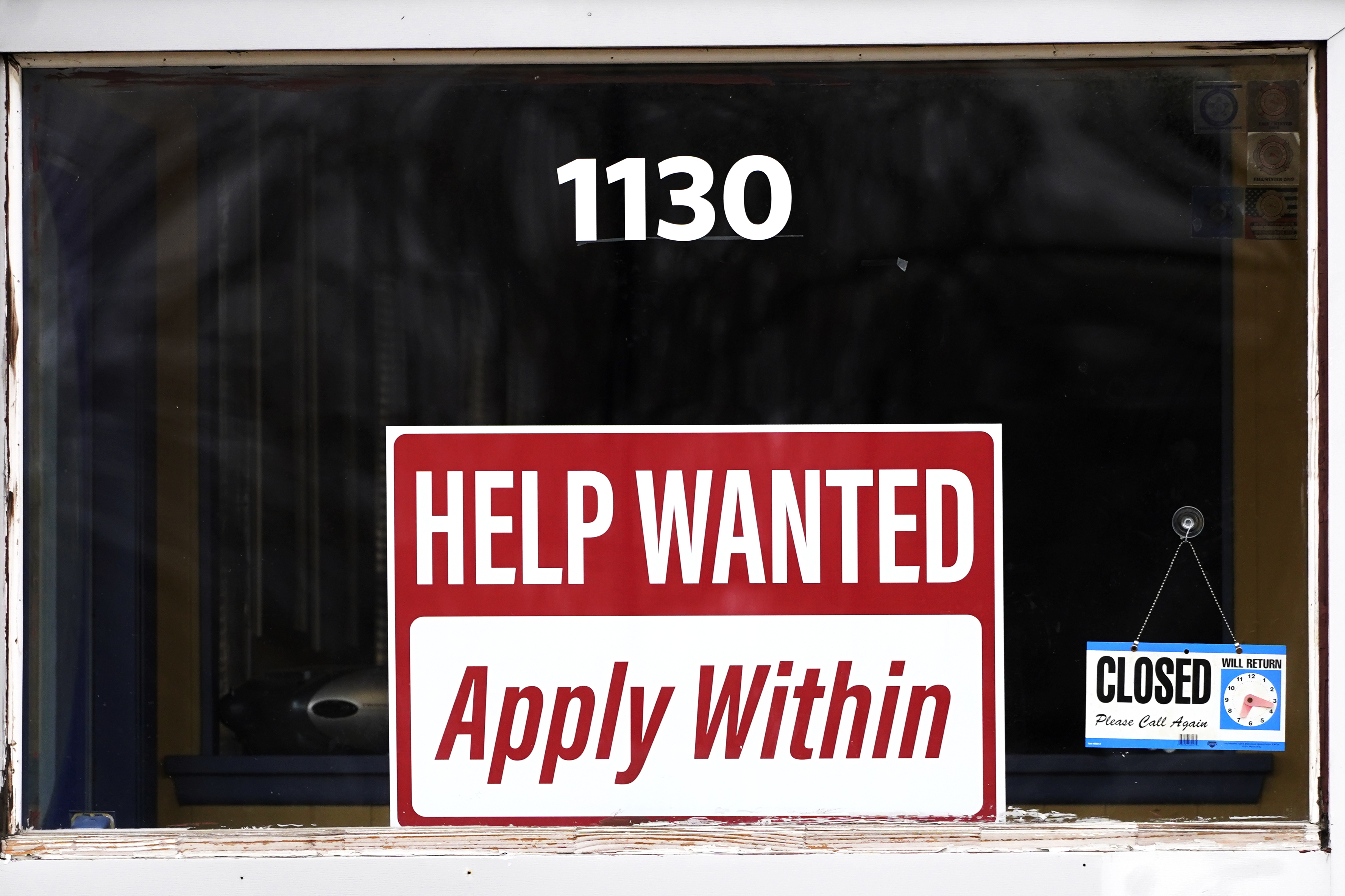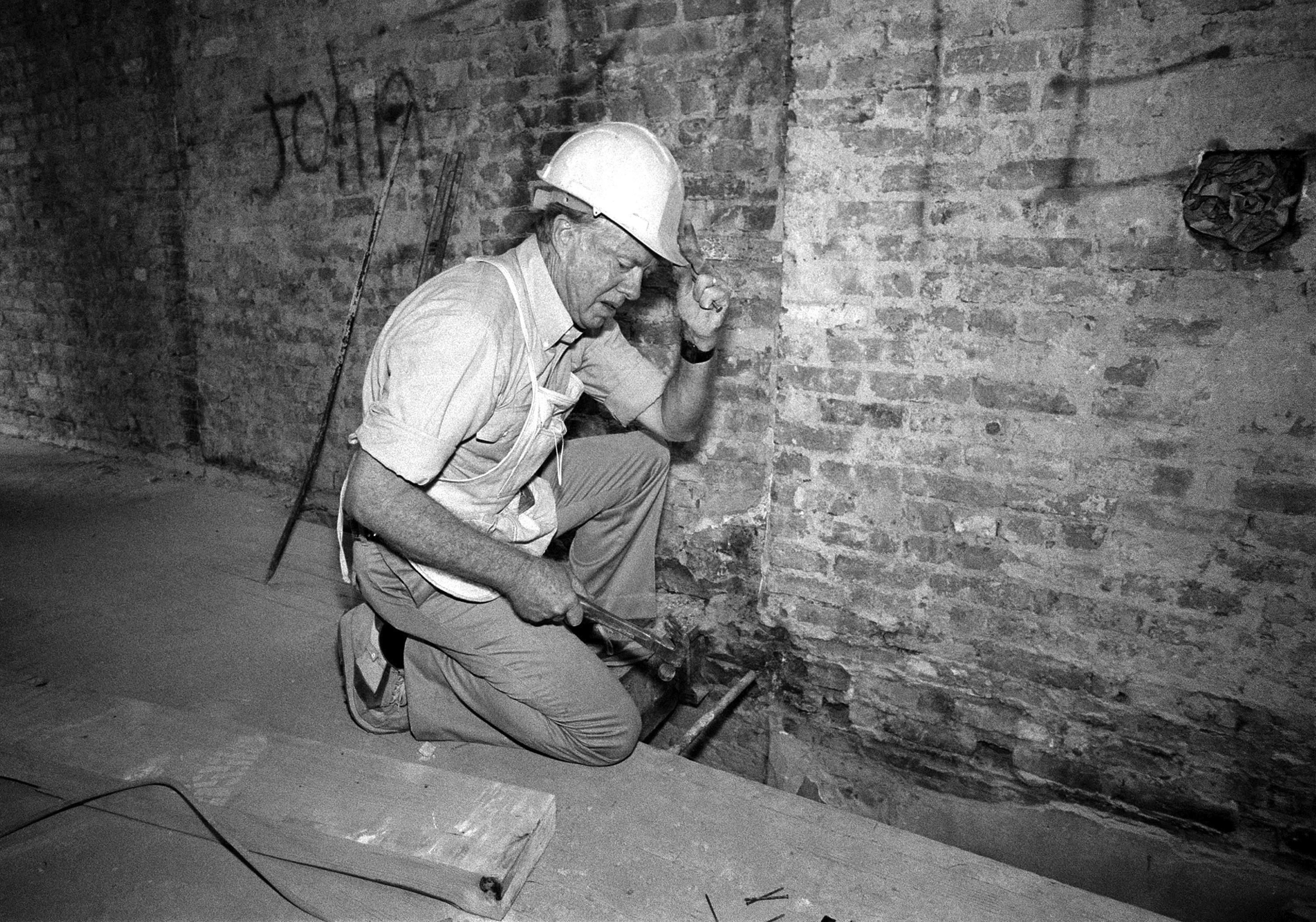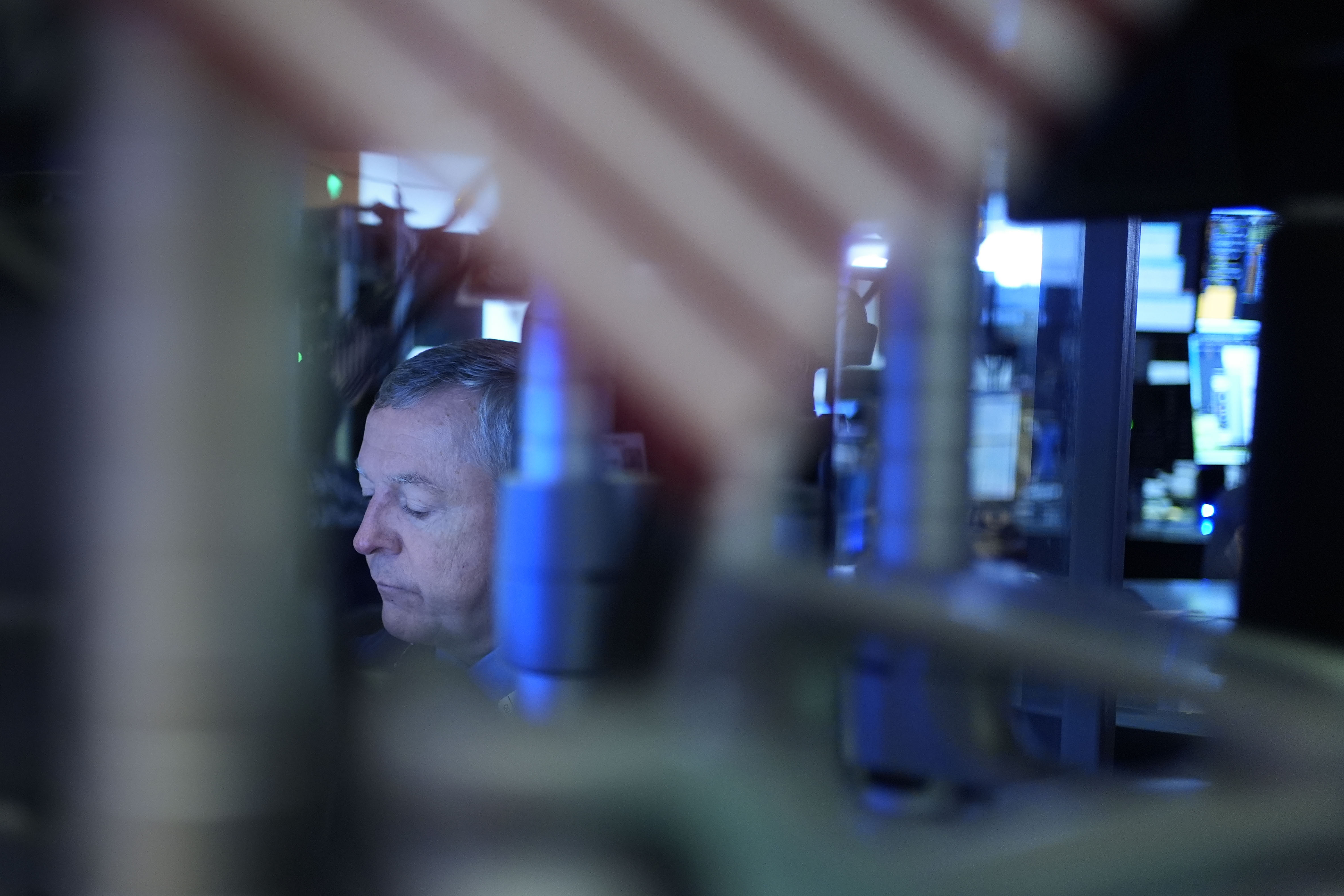NORFOLK, Va. (WAVY) — With hurricane season starting June 1, officials are stressing that now is the time to prepare.
With our unique coastline from the OBX to the Chesapeake Bay, our region is one of the most vulnerable in all of America to hurricanes.
Wednesday, the director of the National Hurricane Center, FEMA and state emergency management administrators and officials from the National Weather Service visited Norfolk, along with Hurricane Hunter aircraft, to stress the importance of preparing now.
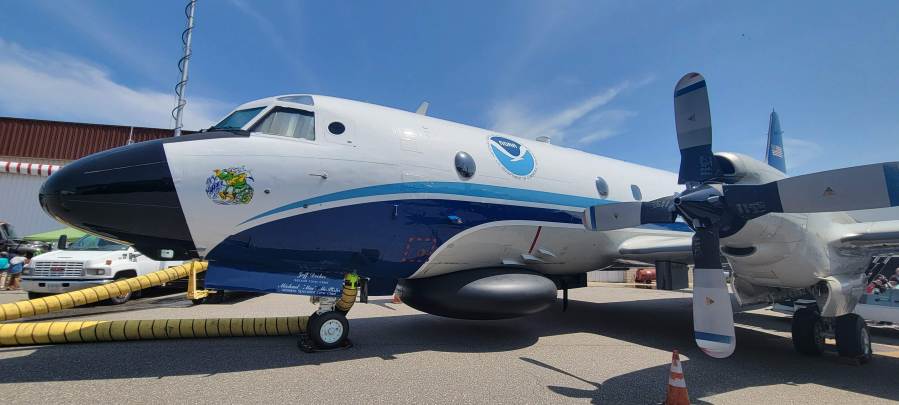
When a hurricane is approaching the hurricane hunters mission is to fly straight into them.
The Hurricane Hunter program was started in the late 1940s. During those early flights, modified bomber aircraft were used, such as the B-29. Today – more modern USAF and NOAA aircraft such as the WC-130 and the P-3 are used.
Pilots will fly a crisscross pattern through the storm, analyzing each section to find the strongest part.
The crew for an Air Force WC-130 consists of two pilots, a navigator, flight meteorologist and weather reconnaissance loadmaster who is responsible for gathering critical weather data.
In the back of the airplane is where the loadmaster sits. During a flight, they drop numerous dropsondes — instruments with weather sensors that temperature, wind speed and pressure-down to the surface of the water.
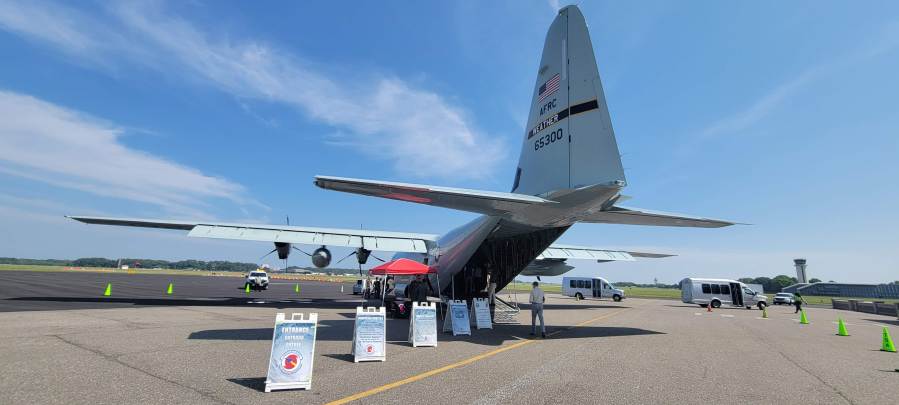
That data is then sent back in real time to forecasters at the National Hurricane Center.
The data from the aircraft allows them to better analyze the storms strength and goes into weather models. A 10% to 20% improvement in forecast accuracy has been noted when additional Hurricane Hunter aircraft is in the system.
With NOAA predicting an active and busier 2024 hurricane season, these planes could be in the air more this year. Make sure you have a hurricane plan. We have tips on how you can prepare here.
